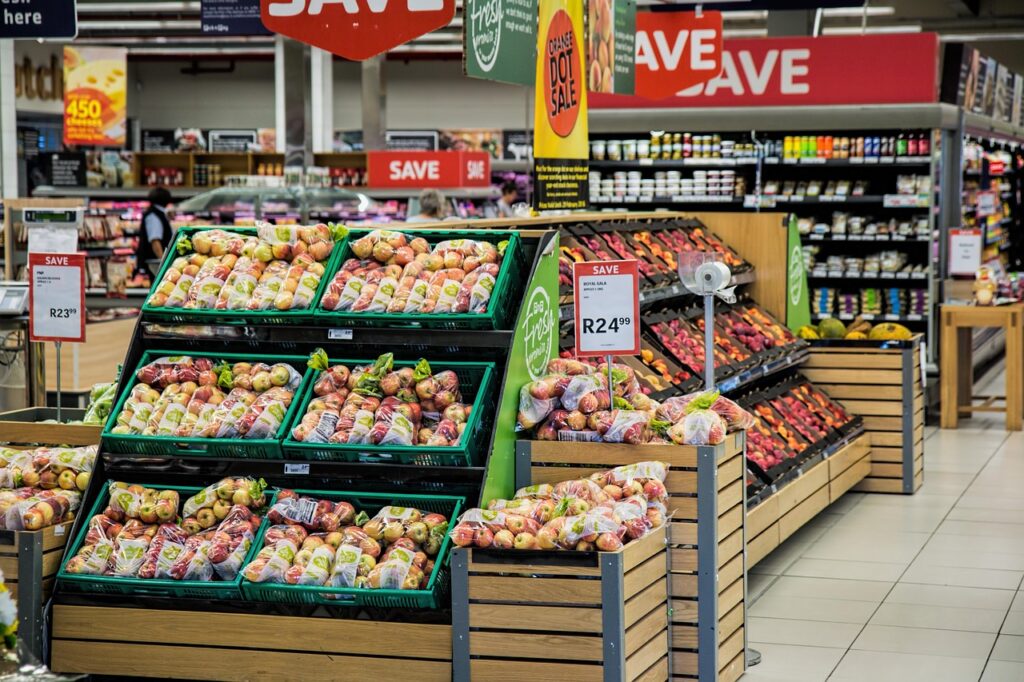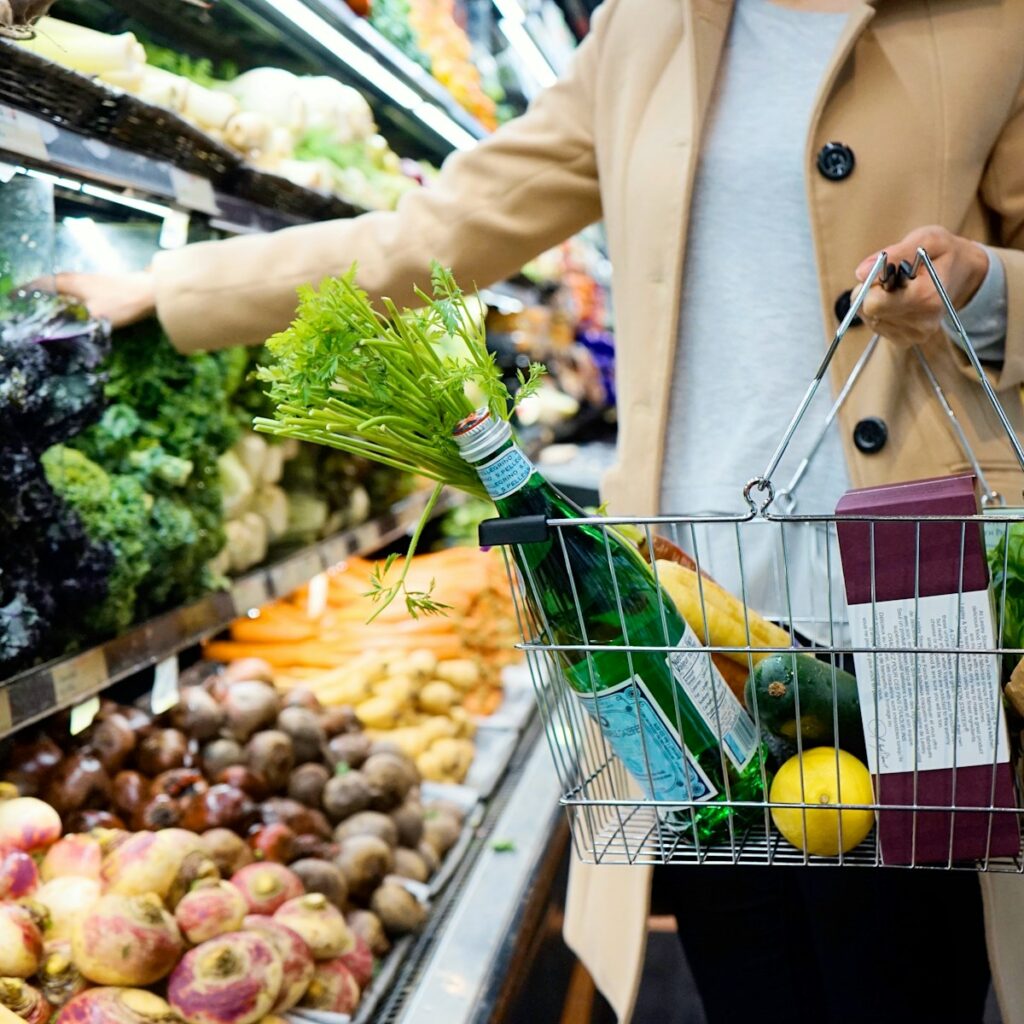
The landscape of consumer spending on everyday essentials is undergoing significant shifts, as top grocery retail executives caution that elevated prices are likely to persist, and in some categories, may even continue their upward trajectory. This outlook challenges prior expectations of a broad price normalization, signaling a sustained period of vigilance for households managing their budgets.
Walmart CEO Doug McMillon recently articulated this sentiment during the 2024 Morgan Stanley Global Consumer and Retail Conference, stating that consumers should anticipate higher grocery store prices for the foreseeable future. His remarks underscore a growing concern among industry leaders regarding the stubborn nature of food inflation.
McMillon expressed disappointment over the renewed upward trend in food inflation, pinpointing specific categories driving this unwelcome development. He noted, “I’m disappointed to see food inflation start to tick back up. It’s primarily driven by eggs and what’s happening with dairy right now.” Beyond these staples, he also highlighted broader pressures, including those on cocoa and various other inputs impacting the supply chain.
When comparing current pricing to historical benchmarks, the Walmart chief executive emphasized the stark contrast. McMillon observed, “if you look at all of the food, prices are a lot higher than they were before the pandemic, which is not what the customers want and not what we want.” This perspective highlights a fundamental disconnect between current market realities and consumer expectations for pricing levels.

Looking ahead, McMillon offered a cautious prognosis for certain food segments. He suggested that while items like eggs and milk might see quicker price adjustments, processed food categories are unlikely to revert to their pre-pandemic levels, or even experience significant reductions, in the coming year. Despite this, he affirmed the company’s commitment to finding solutions, stating, “But I would like to see customers get some relief on that side of the equation.”
Walmart, under McMillon’s leadership, is actively engaging with its supplier network to address these inflationary pressures. He commended certain partners, noting, “We have some suppliers who are stepping forward to help drive volume, and we appreciate that very much and we want everybody to do that.” This collaborative approach is critical in the ongoing effort to manage costs and maintain product availability.
Central to Walmart’s strategy in navigating this challenging economic environment are what McMillon termed the company’s “four dimensions of customer value.” These core principles guide the retail giant’s operations, especially as it concludes its fourth fiscal quarter. McMillon articulated, “In all businesses, I suppose, and certainly retail, you only get what you deserve. And people are super practical, and if they can get a better deal somewhere else holistically, they’ll go get it.”
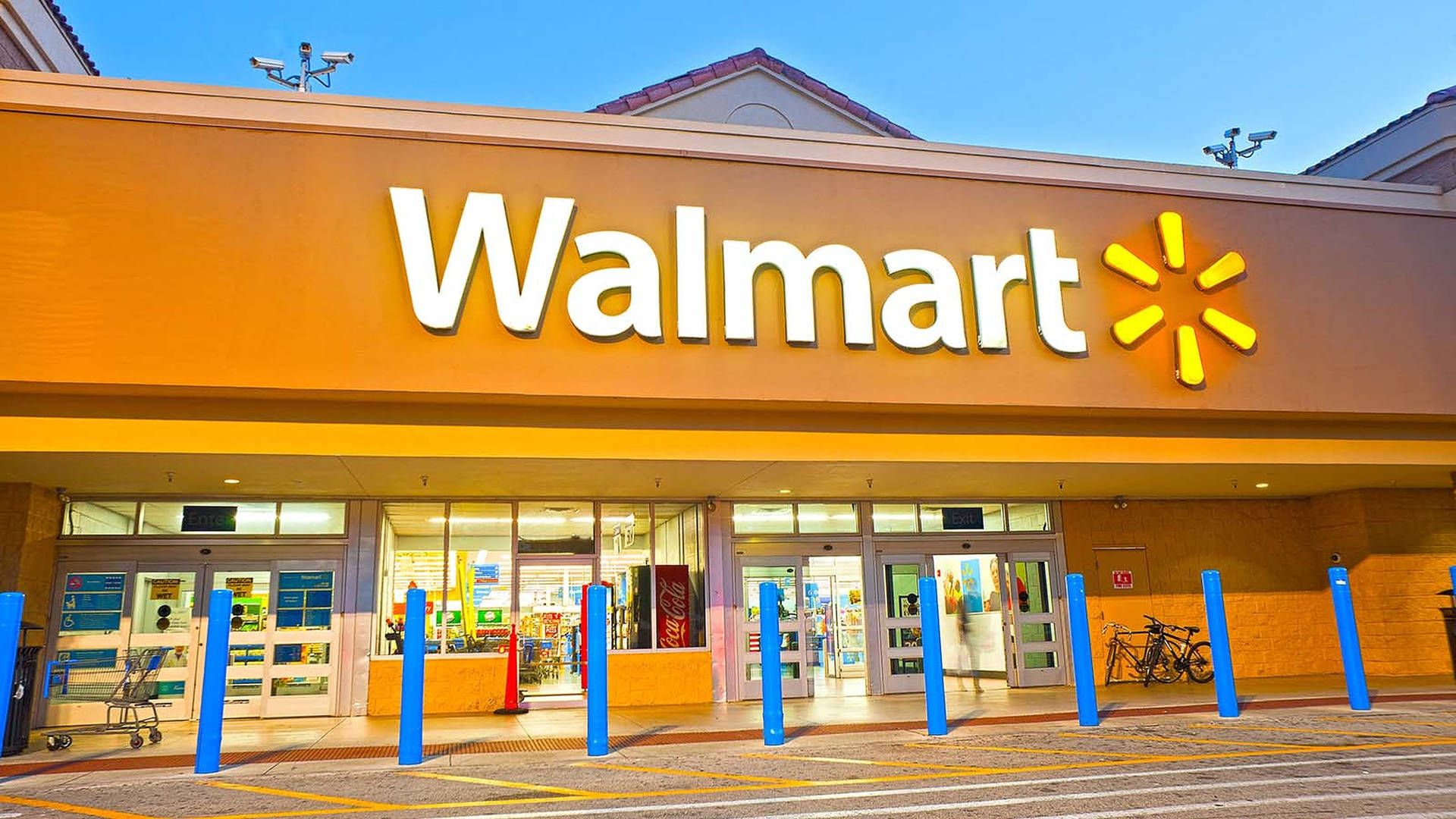
He further elucidated these foundational pillars: “what we think about is price, breadth of assortment, the experience they have shopping with us, whether it’s e-commerce or in stores, and trust.” McMillon asserted that Walmart’s ability to gain market share is directly attributable to the combined strength of these four elements. This holistic approach aims to deliver comprehensive value beyond just the lowest price point.
Despite the prevailing economic headwinds and the desire for increased growth and sales, McMillon underscored a foundational commitment to customer experience over immediate profits. Walmart has reportedly made substantial investments in recalibrating its pricing strategies and diligently working to keep its price gaps lower than those of competing retailers. Furthermore, McMillon highlighted that shopping at Walmart is designed to save customers time, which he described as their “most precious commodity.”
Reiterating the company’s broader mission, McMillon stated, “We’re a purpose-led company that wants to help people save money and live better. We really mean that, and that motivates us, and it’s been a challenge to go through the last few years with these higher costs, and we’re doing everything we can to try and get prices down, including having 6,000 rollbacks in the U.S. right now.” These rollbacks, temporary price reductions on select items, are a strategic tool employed to attract shoppers and stimulate sales.
Read more about: Baby Shark’s Reign: How Tabatha Ricci’s Viral Workout Vibe is Electrifying the UFC & Redefining Fitness for Fans Everywhere

Echoing similar sentiments of inflationary strain, Stew Leonard Jr., CEO of Stew Leonard’s, offered his perspective on the rising costs of certain food items, particularly meat and seafood. During an interview on “Varney & Co.,” he attributed these increases to a confluence of factors, including persistent transportation delays, pervasive worker shortages, and escalating labor costs.
Stew Leonard’s, which celebrates over 50 years in business and has grown into the “World’s Largest Dairy Store” with nearly $500 million in annual sales, maintains a direct connection to its supply chain. Leonard noted that his supermarkets procure food “direct from farms.” This direct relationship provides him with immediate insights into the challenges faced by producers.
Leonard shared candid feedback from his agricultural partners, stating, “I am talking to farmers [and] ranchers [and] they all say the same thing, they can’t get the labor, they’ve had to raise labor rates up and transportation has been really tough right now.” These comments highlight the foundational pressures impacting the cost of goods even before they reach the consumer.
The context for these executive statements is a broader macroeconomic trend of accelerating consumer prices. It was recently revealed that U.S. consumer prices last month surged at their fastest annual rate in 13 years. The Consumer Price Index (CPI) recorded a 5.4% year-over-year increase in September, mirroring the July reading, which marked the highest print since 2008. On a month-over-month basis, prices advanced by 0.4%.
Food prices, a critical component of household budgets, saw a significant jump of 0.9% last month and are now up 4.6% annually according to the index. Within this category, specific protein sources have experienced even more dramatic increases: the price for meats, poultry, fish, and eggs collectively soared 10.5% this year, with beef prices alone climbing a substantial 17.6%. Even produce has seen increases, with fruits and vegetables rising by 3%.
Stew Leonard Jr. further elaborated on specific “luxury” food items seeing notable price hikes, observing that prices for lobster and king crab legs are currently “through the roof.” While acknowledging these sharp spikes, he maintained that “overall there are some pretty good prices in grocery stores right now,” suggesting that not all categories are experiencing uniform escalation.
Read more about: McDonald’s Embraces a Refreshing Future: The Strategic Evolution of its Beverage Offerings with ‘Dirty Sodas’ and Cold Brews
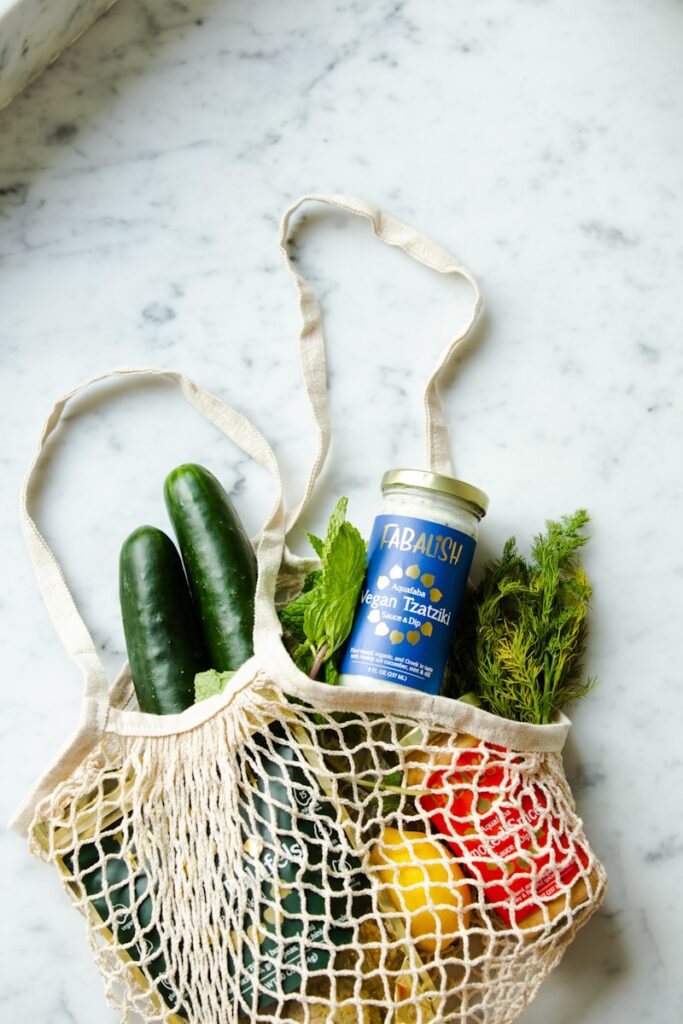
However, Leonard advised consumers to potentially adjust their shopping habits in response to these cost pressures. He suggested that shoppers “may have to trim back a little bit” and “not have that ribeye steak that you always wanted,” implying a need for flexibility and perhaps substitution in meal planning. This advice comes at a time when consumers are contending with rising costs across multiple sectors, including a significant surge in energy prices, which climbed 1.3% in September and are up 24.8% over the past year.
The cumulative effect of these inflationary trends is having a tangible impact on household finances. Mark Zandi, chief economist at Moody’s Analytics, noted that for Americans earning the median annual income of approximately $70,000, inflation has necessitated an additional expenditure of $175 each month on food, gas, and housing, as reported by the New York Post.
In light of ongoing supply chain issues, Leonard offered practical advice for holiday season shopping. He urged consumers to procure their holiday staples well in advance, emphasizing, “Don’t wait until the last minute. Try to get everything you can right now ahead of time and stock up.” This proactive approach is aimed at mitigating potential disappointments and managing holiday budgets more effectively.
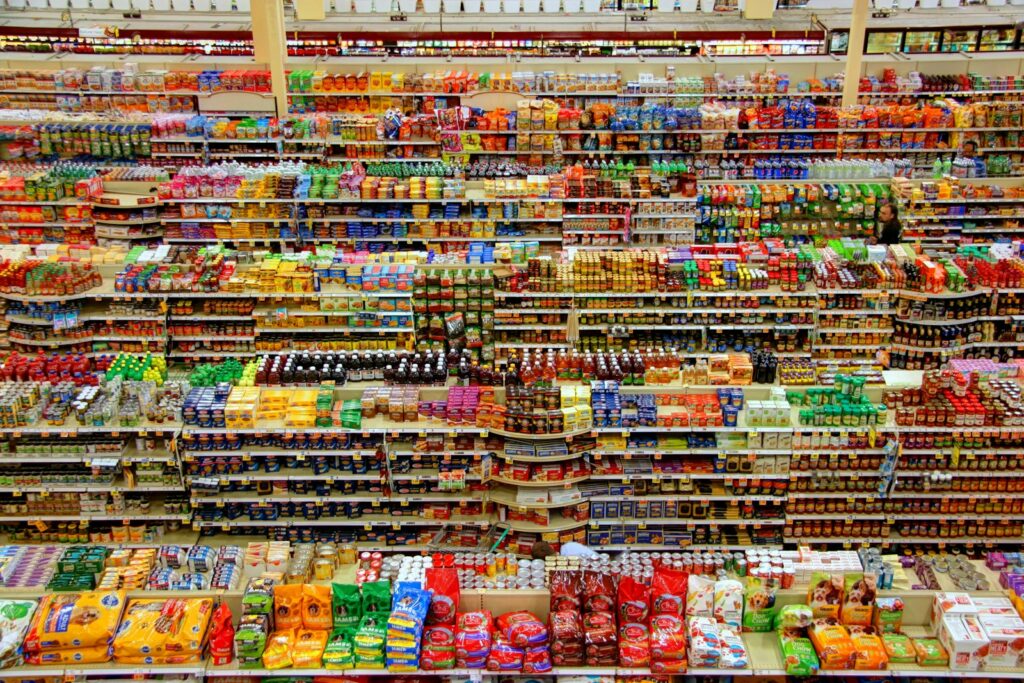
The discussion around rising grocery prices extends to the burgeoning sector of grocery delivery services, where companies like Instacart are navigating both the inflationary environment and a competitive marketplace. During a recent earnings call, Instacart executives highlighted their strategic responses to the current economic climate, touting the 7,000 active brands available on their platform.
Fidji Simo, Chairman and Chief Executive Officer of Instacart, articulated the urgency for innovation in this market. She stated, “With grocery prices increasing over 25% since 2019, the need to innovate and enable savings for customers has never been greater.” This figure underscores the substantial price increases consumers have absorbed over the past few years.
Instacart has seen positive outcomes from its strategic initiatives, including continued momentum in the restaurant delivery segment and the introduction of an “industry-leading $10 minimum basket” feature. Simo reported that these efforts have yielded tangible results, including growth in their overall user base and increased frequency of orders from both quarterly and monthly users.
Read more about: Walmart Faces Multi-Million Dollar Settlements Over Allegations of Customer Overcharges and Weight Inaccuracies
Specifically, the $10 minimum basket feature is a notable benefit for Instacart members, lowering the threshold for $0 delivery fees from $35 to $10. This innovation aims to provide greater flexibility and cost savings for customers making smaller or more frequent “top-up” grocery orders. Simo also highlighted the expansive scale of their operations, proudly stating, “We now have 7,000 active brands on the platform. We are seeing extreme strength in emerging brands.”
Emily Reuter, Instacart’s Chief Financial Officer, further emphasized the company’s imperative to offer competitive pricing. She explained that a core part of their strategy involves “offering customers the best pricing, lowering delivery cost options for people who maybe need lower price point options.” While specific future plans for deeper price reductions were not detailed, the $10 minimum basket feature represents a clear step in this direction.
Operating within a heavily saturated marketplace, Instacart faces numerous larger competitors vying for market share. The company’s primary strategy for growth and differentiation is continuous and calculated expansion. Reuter noted, “In fact in 2024, we launched 30 net new retailer sites, more than double the year before.” By empowering retailers to expand their digital footprint, Instacart aims to scale its own operations and enhance the efficiency of its technology and services.

Instacart concluded 2024 in a robust financial position, reporting a 15% increase in sales. The company also demonstrated strong performance in specific market segments, dominating smaller order sizes with greater than 70% share in baskets valued at $75 and up. Looking ahead, Instacart is targeting an increase in its annual income by $13 million year over year, positioning itself to capitalize on the ongoing demand for convenience amidst inflationary pressures.
Other significant players in the grocery delivery space offer a range of options, reflecting the diverse needs and preferences of consumers. Instacart itself partners with major retailers such as Albertsons, ALDI, Costco, CVS, Kroger, Sam’s Club, and Wegmans, promising delivery as fast as one hour, though prices may vary from in-store rates. Its membership fee is $99 annually or $9.99 monthly.
Amazon Fresh, an extension of Amazon, provides fresh groceries and household goods with services akin to Instacart, including same-day delivery and exclusive offers for Amazon Prime members. Walmart Grocery leverages the retailer’s extensive network, allowing customers to place orders via the Walmart app for either pickup or direct delivery, branding it as “the easiest way to shop.”
Shipt offers a membership at $99 per year, granting unlimited free deliveries on orders over $35, and uniquely enables direct communication between customers and their assigned shoppers for specific requests. The company also maintains a close partnership with Target. Kroger Delivery allows customers to schedule grocery deliveries at their convenience and utilize digital coupons, though it does not provide same-day service. Finally, Target Same-Day Delivery promises order fulfillment within hours, offers real-time updates, guarantees no delivery markups, includes Target Circle deals, and allows for per-delivery payment or a Target Circle 360 membership for unlimited deliveries.

Product on Amazon: Vital Farms 18 Pasture-Raised Eggs, Large, Brown, Grade A, Certified Humane, 1.5 Dozen
Brand: Vital Farms
Binding: Grocery Product Group: Amazon Fresh Perishables
Price: 12.49 USD
Rating: 4.8 Total reviews: 10610
Package Information: Carton
Number of Items: 1
Flavor: Egg
Item Weight: 1.9 Pounds
Features:
1. 18 EGGS: This carton of Vital Farms Pasture-Raised Eggs holds 18 Large, Brown, Grade A eggs that come from our collection of small family farms to give you a protein-packed meal.
2. MADE WITH FRESH AIR & SUNSHINE: Our Vital Farms Pasture-Raised eggs are Certified Humane and come from hens that have the freedom to forage for local grasses, succulents, and wildflowers year-round while enjoying 108 sq feet each of roaming room in open pastures.
3. FROM SMALL FAMILY FARMS: We began as a single-family farm. Today, we work with more than 350 family farms who give our hens the outdoor lifestyle they deserve.
4. CONSCIOUS CAPITALISM: Vital Farms is a Certified B Corporation with a purpose to improve the lives of people, animals, and the planet through food.
5. TRACEABILITY: Have you traced your eggs back to the farm they came from? On the side of each carton, you’ll find the farm name of where your actual eggs were laid!
Top Review from US: “My family and I really love these eggs. We’re not huge egg-eaters normally, but these make us want to cook with them more. You can honestly taste the difference compared to most other brands. Whether it’s the way the chickens are raised or what they’re fed, something about these just comes out better.The yolks have that deep orange color that looks great and probably adds to the taste too.”
Shopping on Amazon >>
Read more about: Costco’s Membership Crackdown: Why a Shopper’s Mom Was Banned and What It Means for Members Nationwide
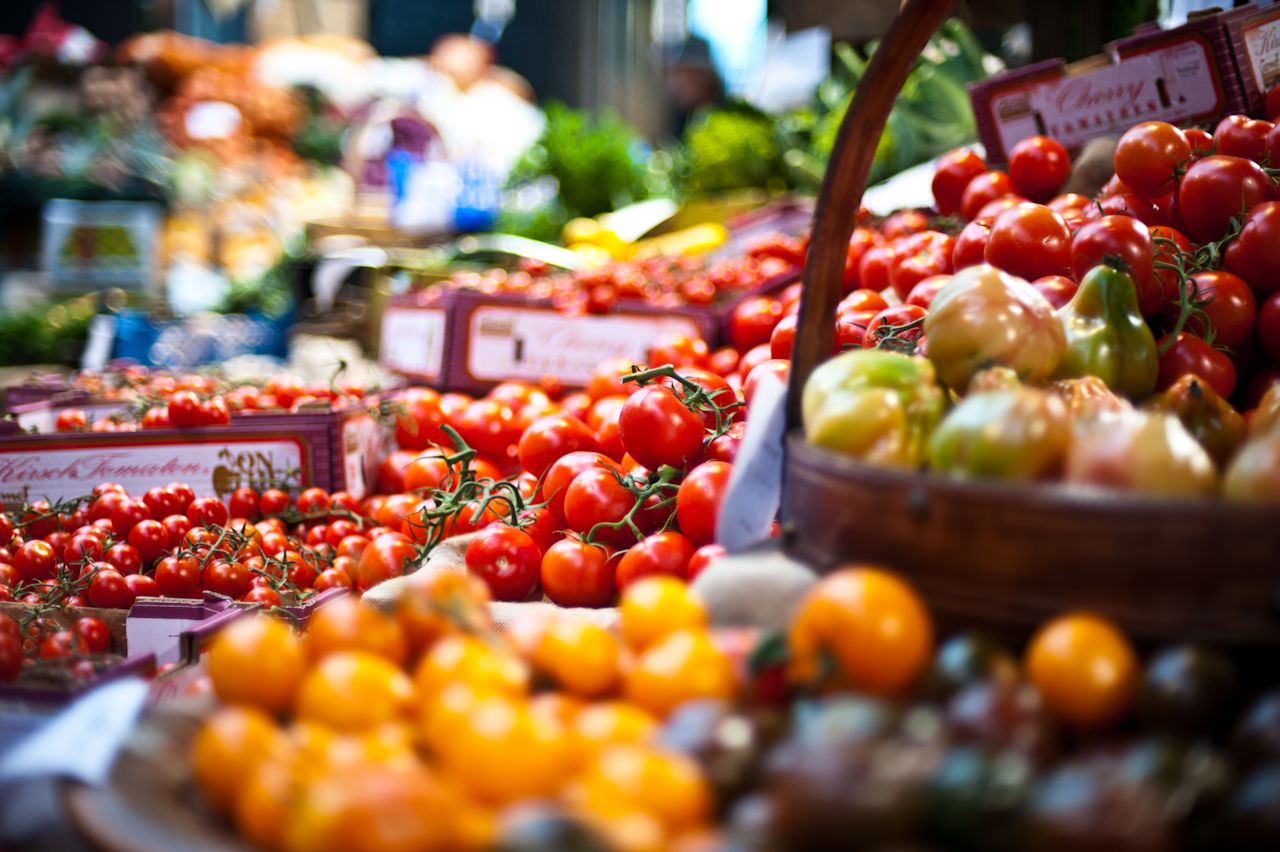
Read more about: McDonald’s Rebounds Strong: Value-Driven Strategy Fuels Sales Amid Shifting Consumer Landscape
The collective insights from leading grocery executives underscore a complex and persistent inflationary environment for food. From the underlying pressures of labor and transportation costs cited by Stew Leonard Jr., to the specific commodity spikes observed by Doug McMillon, and the innovative pricing strategies employed by Instacart, the market is dynamically responding. As consumers continue to grapple with elevated costs for essential goods, the strategies of these major retailers will be crucial in determining the path forward for grocery pricing and consumer purchasing power.

